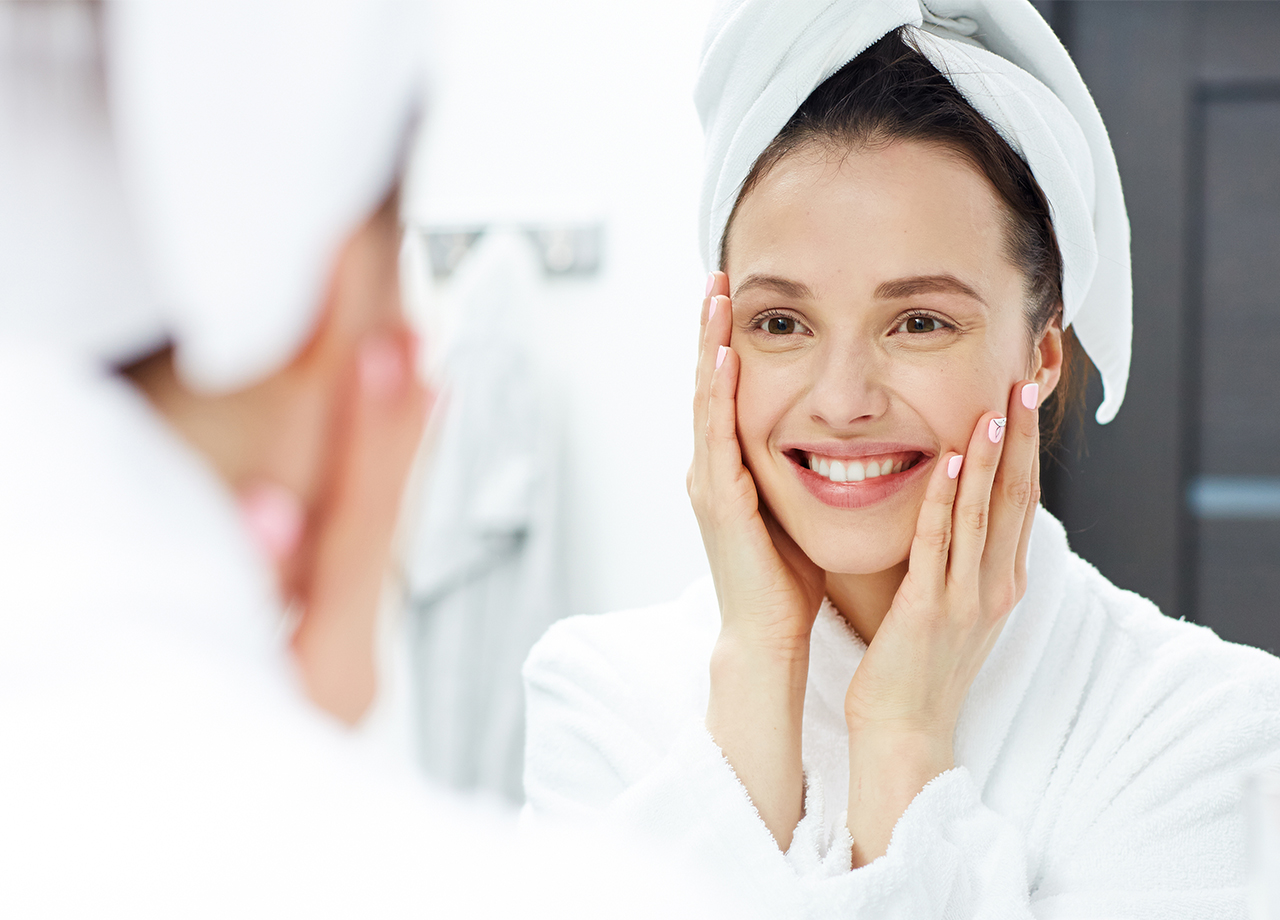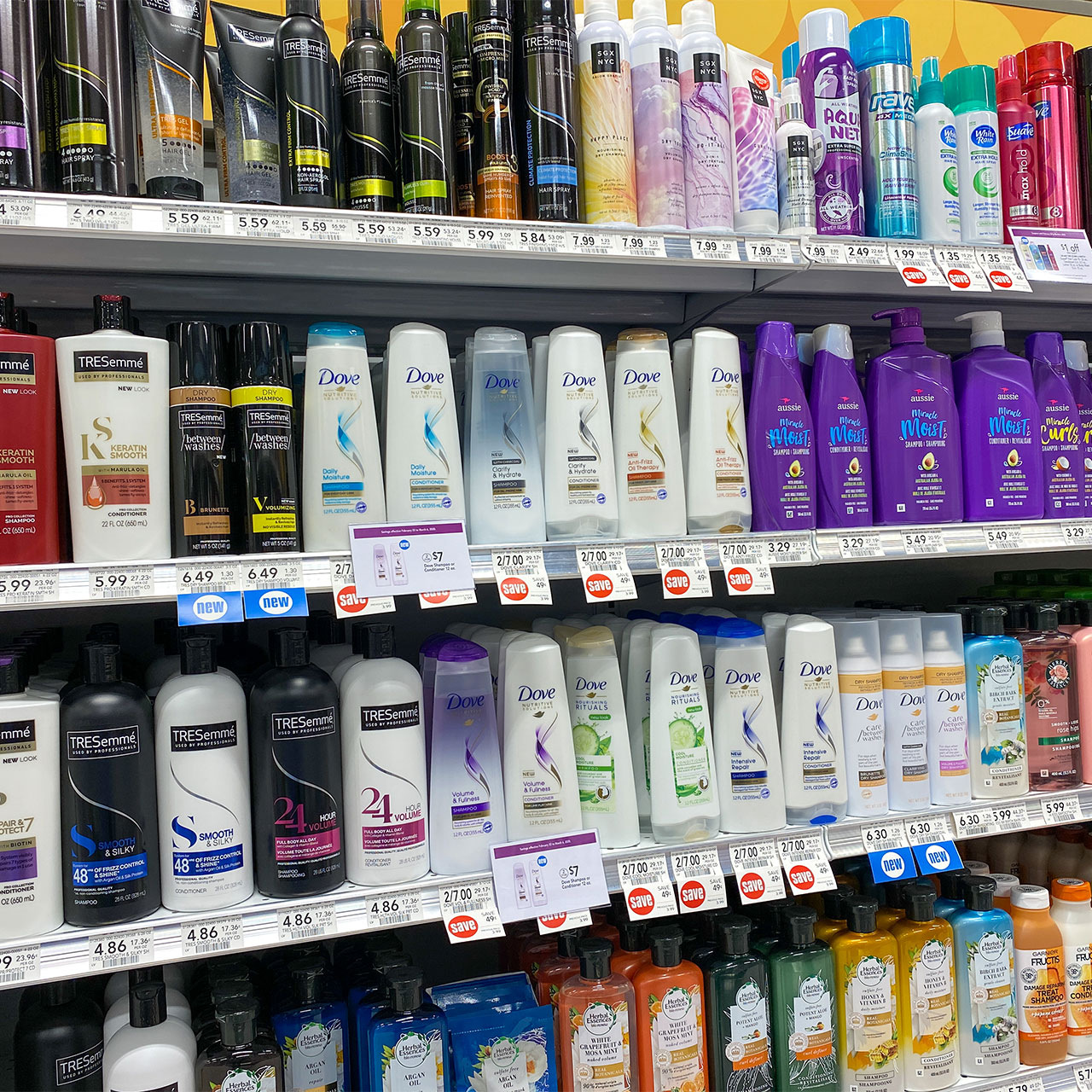It’s no secret that exercise is important for your physical and mental health. You may do it (or think of doing more of it) as a way of maintaining your weight or building muscle strength and bone density. But a recent study is showing one more unexpected, amazing side effect of exercise: it can serve as a kind of fountain of youth and turn back years of time.
According to a new study in Preventive Medicine, people who exercised a lot — and running stands out as one of the most beneficial of exercises — had biological aging markers that appeared nine years younger. Here’s what you need to know about how exercising regularly and vigorously can help lengthen your life and make you appear more youthful — and what, exactly, constitutes vigorous exercise.


Frequent Exercise and Telomeres
Telomeres are DNA sequences and proteins that protect the ends of chromosomes. As we age, our telomeres get shorter. What researchers found after looking at the telomeres of nearly 6,000 participants enrolled in a multi-year survey run by the Centers for Disease Control and Prevention is that those who exercised regularly had longer telomeres than those who do not.
“We know that, in general, people with shorter telomeres die sooner and are more likely to develop many of our chronic diseases,” said Larry Tucker, professor of exercise science at Brigham Young University. “It’s not perfect, but it’s a very good index of biological aging.”
Tucker adjusted for smoking, obesity, alcohol use, gender, race and other factors and found people who exercised more had significantly longer telomeres that those who were sedentary, and that the most active people had cellular aging that was nine years less than those who weren’t active.

What is Vigorous Exercise?
How much exercise puts you in the category of a vigorous exerciser? According to the study, someone who performs the equivalent of 30 to 40 minutes of jogging a day five days a week. If you exercise moderately and not vigorously, you’ll still see benefits, but high levels of physical activity are what really make the biggest impact and reduce cellular age.

Having longer telomeres doesn’t automatically mean you will live to 105 — much more goes into longevity, including genetics. But vigorous exercise and longer telomeres may be linked to less inflammation in the body, which is linked to less chronic disease. The bottom line is that exercise — running, in particular — can make a different in your cellular age, which may even make you look younger than your age.


























